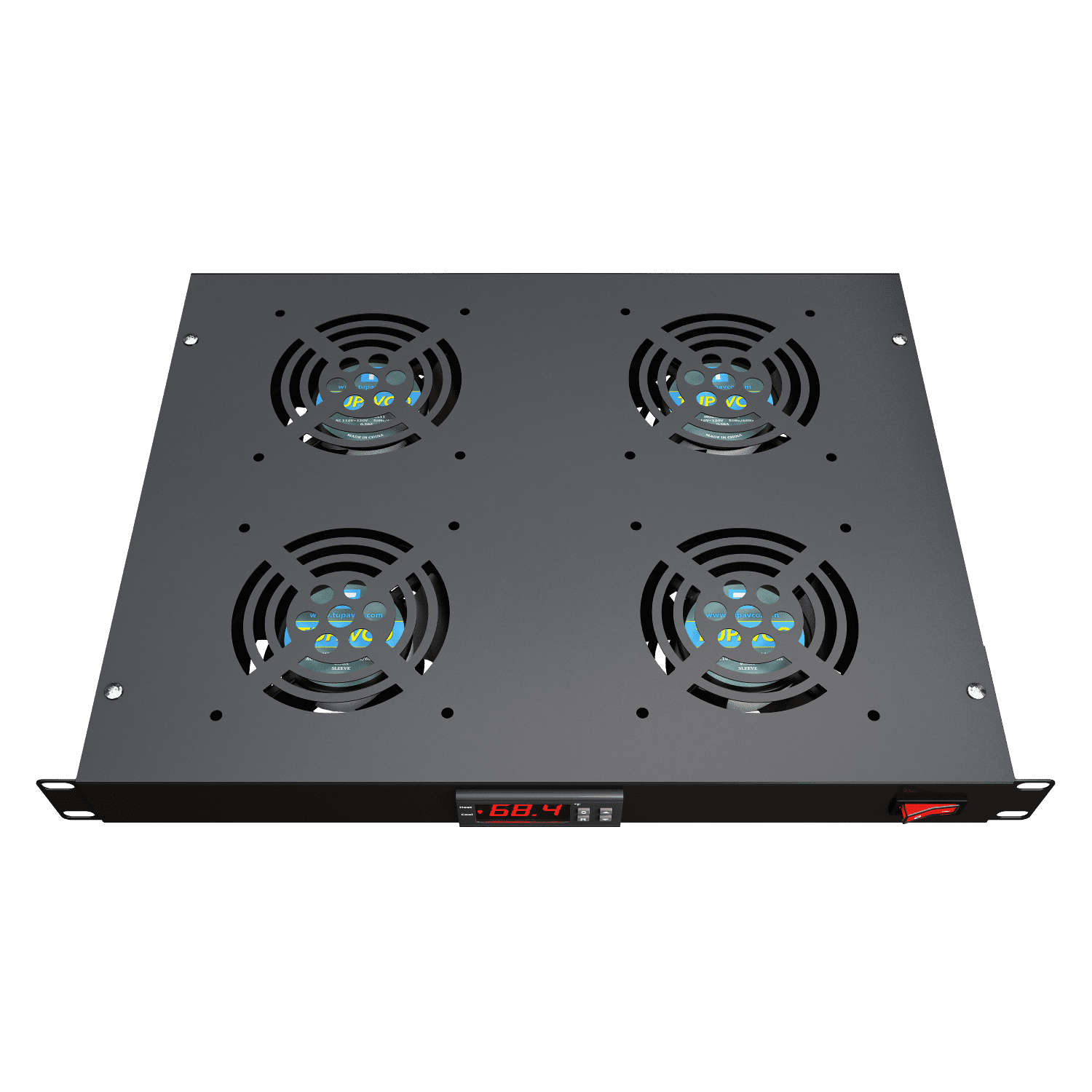The Impact of Server Rack Cooling on Cloud Computing and Virtualization Performance
In the modern digital landscape, cloud computing and virtualization have become indispensable technologies, enabling businesses to optimize resources, reduce costs, and improve scalability. However, the performance and efficiency of these technologies heavily depend on the infrastructure supporting them, particularly server rack cooling. Effective cooling mechanisms are crucial in maintaining optimal temperatures for servers, ensuring reliability, reducing downtime, and enhancing overall system performance. Server racks house multiple high-performance computing units that generate significant heat during operation. When excessive heat builds up, it can lead to thermal throttling, decreased efficiency, and even hardware failures. Virtualization, which allows multiple virtual machines VMs to run on a single physical server, further intensifies the heat load, making cooling an even more critical factor. Poor cooling management can result in performance degradation, increased latency, and potential data loss, all of which negatively impact cloud computing operations.

One of the primary ways in which acdcfan cooling influences cloud computing and virtualization performance is by maintaining stable processor and memory temperatures. Overheating can cause CPUs to reduce their clock speeds to prevent damage, a process known as thermal throttling. This leads to slower processing speeds and reduced performance for virtual machines and cloud-based applications. In a cloud environment, where multiple users rely on shared resources, any dip in performance can result in poor user experience and decreased productivity. Efficient cooling systems, such as liquid cooling, advanced airflow management, and precision cooling technologies, help mitigate these issues by keeping temperatures within optimal ranges. Rack-based cooling solutions, such as in-row cooling and rear-door heat exchangers, provide targeted cooling, ensuring that hot spots do not develop within the server environment. These cooling strategies improve the longevity and reliability of hardware components, reducing the likelihood of unexpected failures and costly downtime. Another significant impact of server rack cooling on cloud computing and virtualization is energy efficiency.
Data centers consume vast amounts of energy, and cooling systems account for a large portion of this consumption. Modern cooling technologies, such as AI-driven cooling optimization, liquid immersion cooling, and free-air cooling, help data centers reduce energy consumption while maintaining optimal performance. This is especially crucial for cloud service providers, as energy efficiency directly affects their operational expenses and sustainability goals. Furthermore, proper cooling mechanisms enhance server density, allowing data centers to maximize their computing power within a limited physical space. As virtualization enables multiple workloads to run on fewer physical servers, it increases the power density within server racks. Without effective cooling, high-density server environments can become unsustainable due to overheating risks. Implementing efficient cooling strategies ensures that data centers can scale their operations without compromising performance or reliability. The server rack cooling plays a vital role in the performance and efficiency of cloud computing and virtualization.
